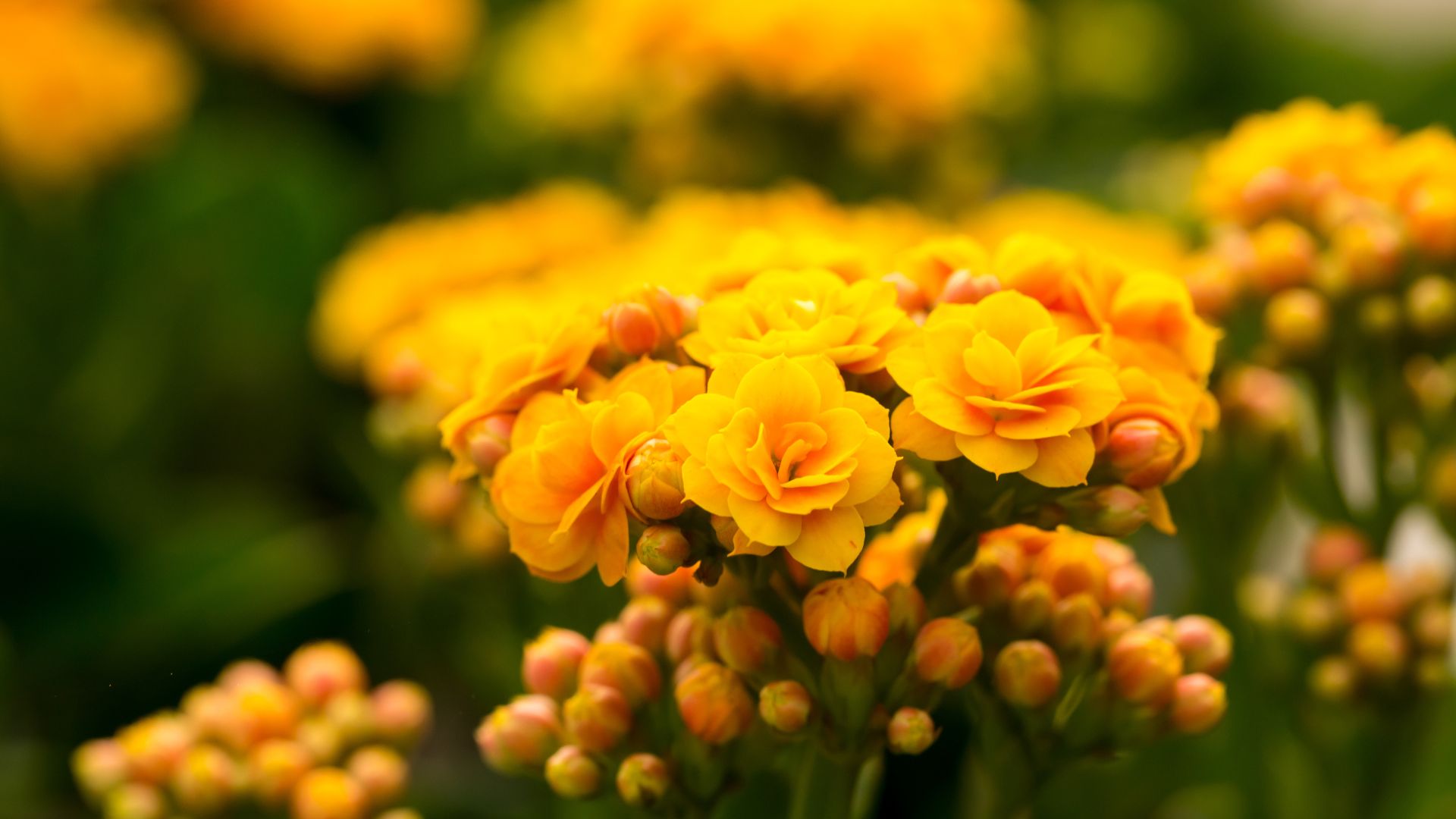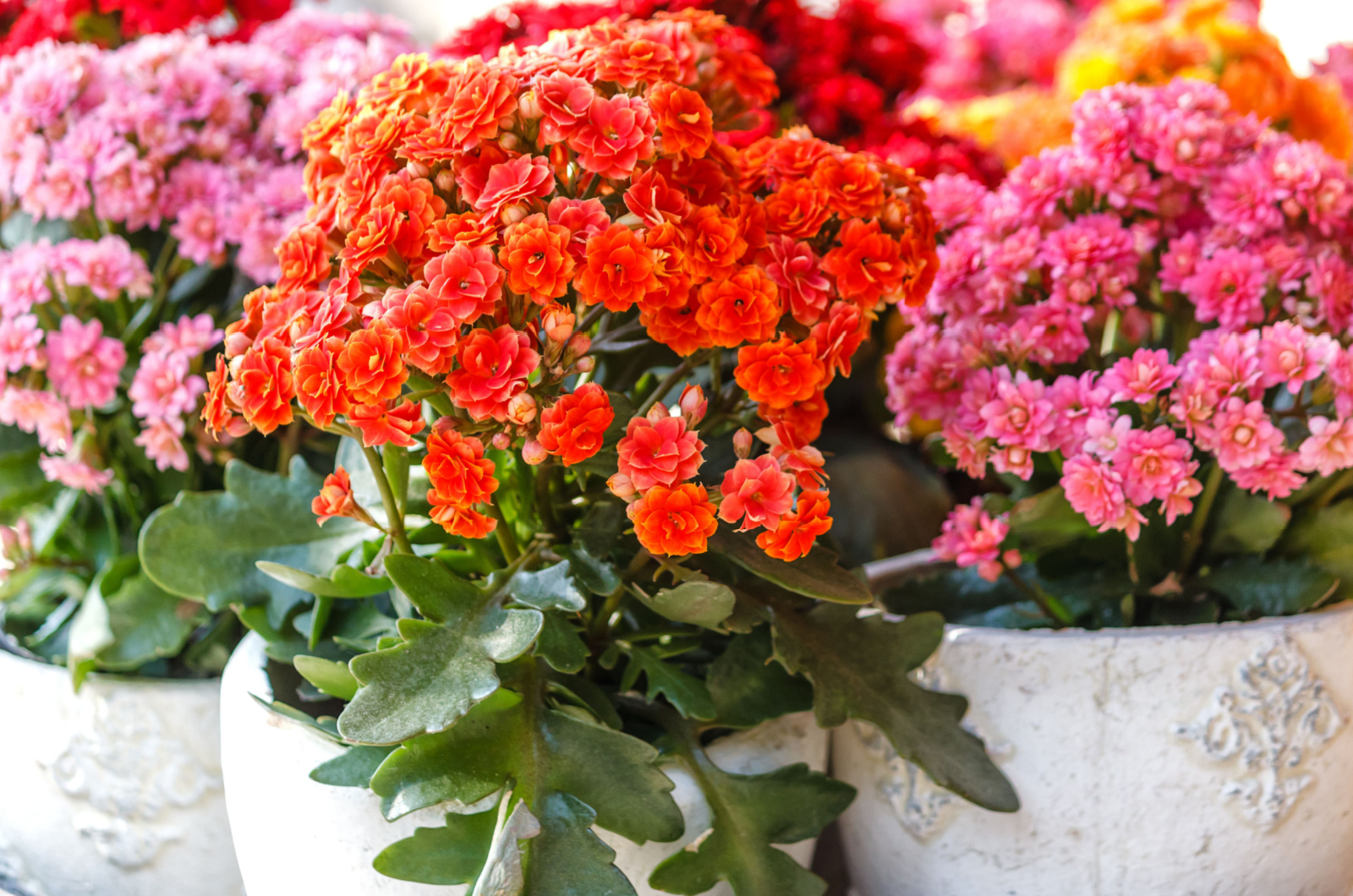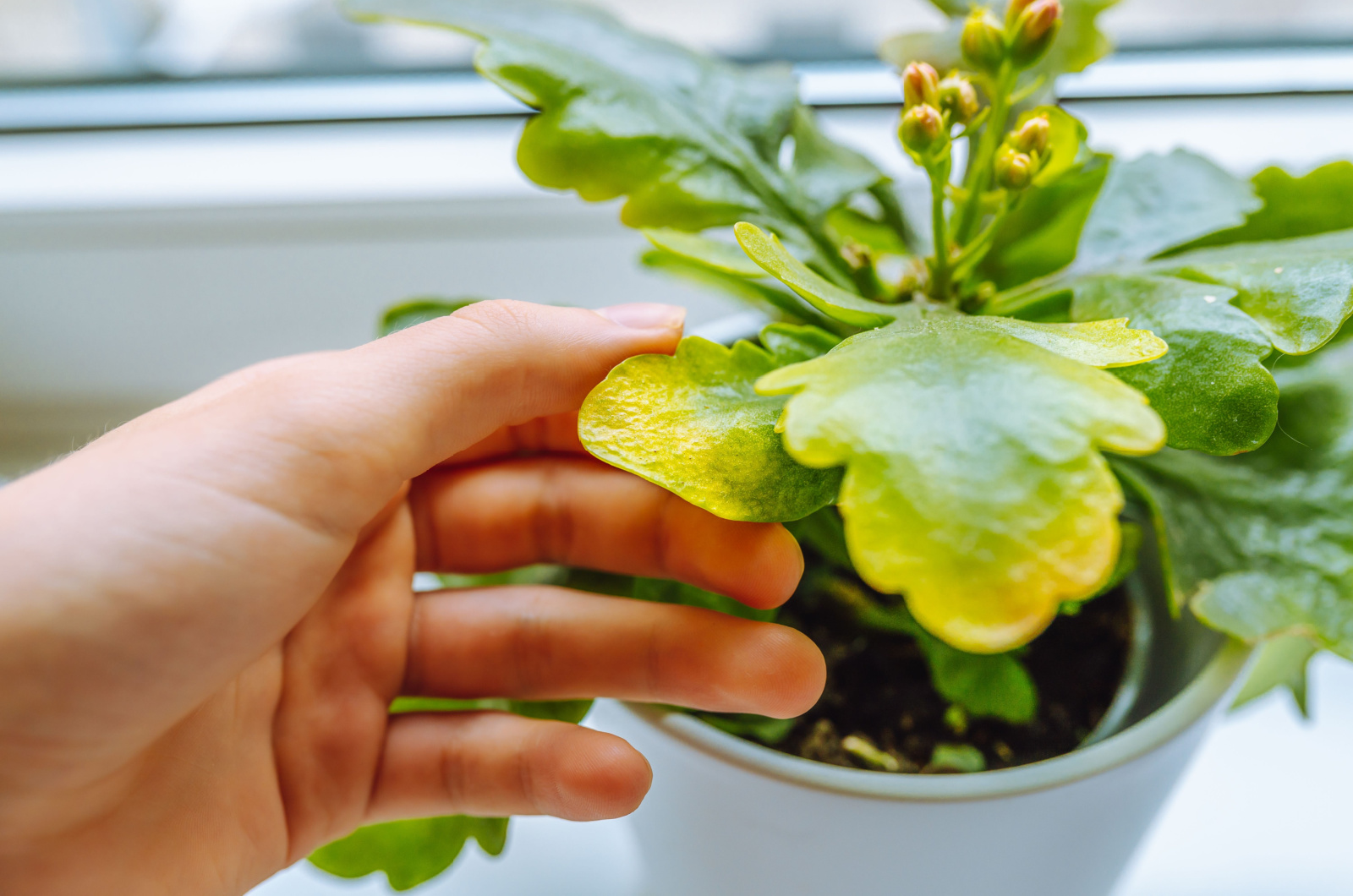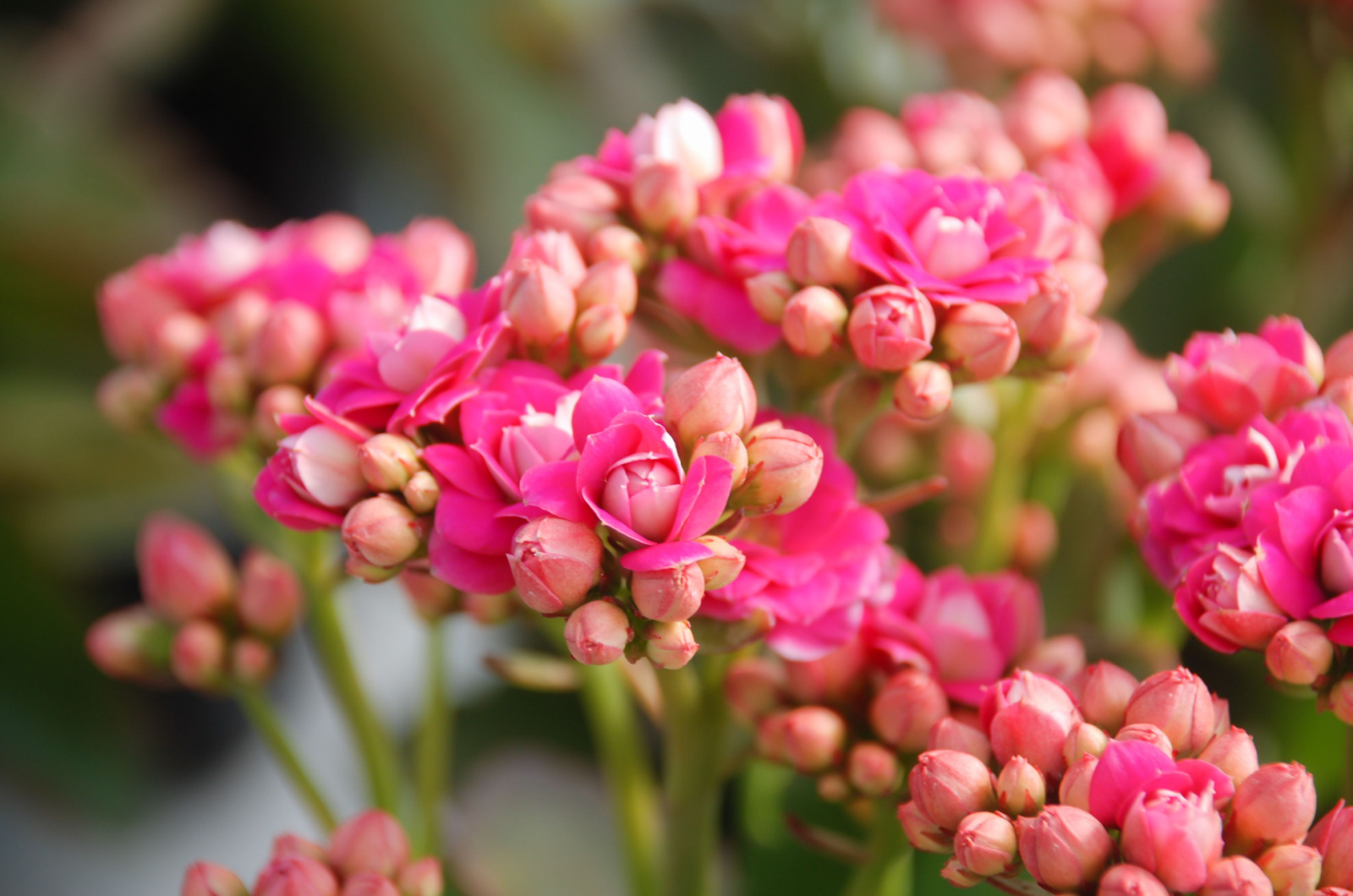The Kalanchoe is a charming succulent known for its vibrant and long-lasting flowers that can brighten up any space. What’s more exciting is that kalanchoes can rebloom year after year, thus keeping your place looking nice and lively!
With proper care, your kalanchoe can end up looking like a mythical tree that came straight out of a fairytale!
In this article, we are going to share some tips about Kalanchoe plant care and also how to trigger the plant to produce flowers year after year.
How To Get Kalanchoes To Rebloom
It all comes down to plant care – two types of kalanchoe care lead to different outcomes. Regular care is followed when the plant is not blooming, while rest period care should be practiced right before blooming.
Kalanchoe succulents can rebloom every year, as long as they go through a period of rest. They start blooming once the days get shorter and the nights get longer; so, depending on your climate, your plants might start blooming between November and May.
The kalanchoe blooms for about five to six months out of every year. Some years, the blossoms don’t appear until December but last into June.
This plant has a slow flowering cycle – this means that there will be unopened buds for a month at the beginning, but also numerous spent flowers at the end of the flowering cycle. Once the flowers are gone, continue with regular succulent care.
You might be interested in: 21 Magnificent Kalanchoe Types That Are Easy To Grow
What Affects Kalanchoe’s Reblooming Process?
As we mentioned earlier, there is a specific plant care regimen that must be followed in order to trigger the kalanchoe to enter the flowering cycle again.
Let’s see more in detail.
1. Sunlight Exposure
The Kalanchoe is a flowering succulent that generally grows well in bright sunlight. During the summer months, the plant can grow perfectly fine if it receives up to 8 hours of sunlight throughout the day.
However, kalanchoe is a so-called “short-day plant”, which means that it responds differently to daylight and darkness lengths. This process is called photoperiodism.
During its pre-bloom period, you must protect your kalanchoe from too much sunlight exposure.
You must encourage a two-month resting period in mid-fall if you want your kalanchoe to bloom around Christmas. Some gardeners even practice a ten-week resting period!
In this period, your plant must receive between 12 to 14 hours of total darkness (this includes the artificial light as well). You can simply put it in a separate room close to some blinds, or you can put it on a shelf or under the kitchen sink. The darkest corner of your room will also work!
However, don’t forget to “let there be light” because your plant still needs it for proper functioning and growth! As soon as your kalanchoe sets buds, you can stop worrying about the darkness.
2. Watering
We all know that succulents prefer dry growing conditions. Still, during hot summer days, you should water them so that the plants have enough water to grow and store energy.
But, as the days get shorter, watering should also be reduced. You should go from watering your kalanchoe every week to watering it once every three weeks.
You might notice that this succulent dries out more quickly after the kalanchoe flowers begin to unfold. Start watering your succulent more often once the days grow longer. Overwatering can lead to a dying succulent, so make sure to water it only when the soil feels dry.
3. Temperature
Succulents can generally handle high temperatures. In order to trigger flowering, you should keep your kalanchoe in a cooler location.
Cool nighttime temperatures (around 50 degrees Fahrenheit) will encourage the plant to set buds and also prolong the life of these flowers. The temperatures during this time can go up to 70 degrees Fahrenheit (anything higher than 75 degrees will delay flowering).
4. Fertilization
Kalanchoes do not require a lot of fertilizer in order to bloom and grow. They should be fertilized only during the summer months. Once the days get shorter, avoid adding any fertilizer to your kalanchoe if you want it to rebloom.
Please keep in mind that these are short-day plants, so they don’t need any extra nutrients once they are trying to rest.
What You Should Know About Kalanchoe Flowering
The first thing you might notice is that your kalanchoe gets leggy over time. This is because the plant doesn’t receive enough sunlight, but it’s all good because even leggy plants will start blooming!
Pinch down the plant or prune it before it starts to set buds (preferably in the spring or summer).
Remember to remove flowers once they start to die off.
If your kalanchoe still hasn’t had any luck with reblooming, you might consider hard pruning. This video might be helpful:




